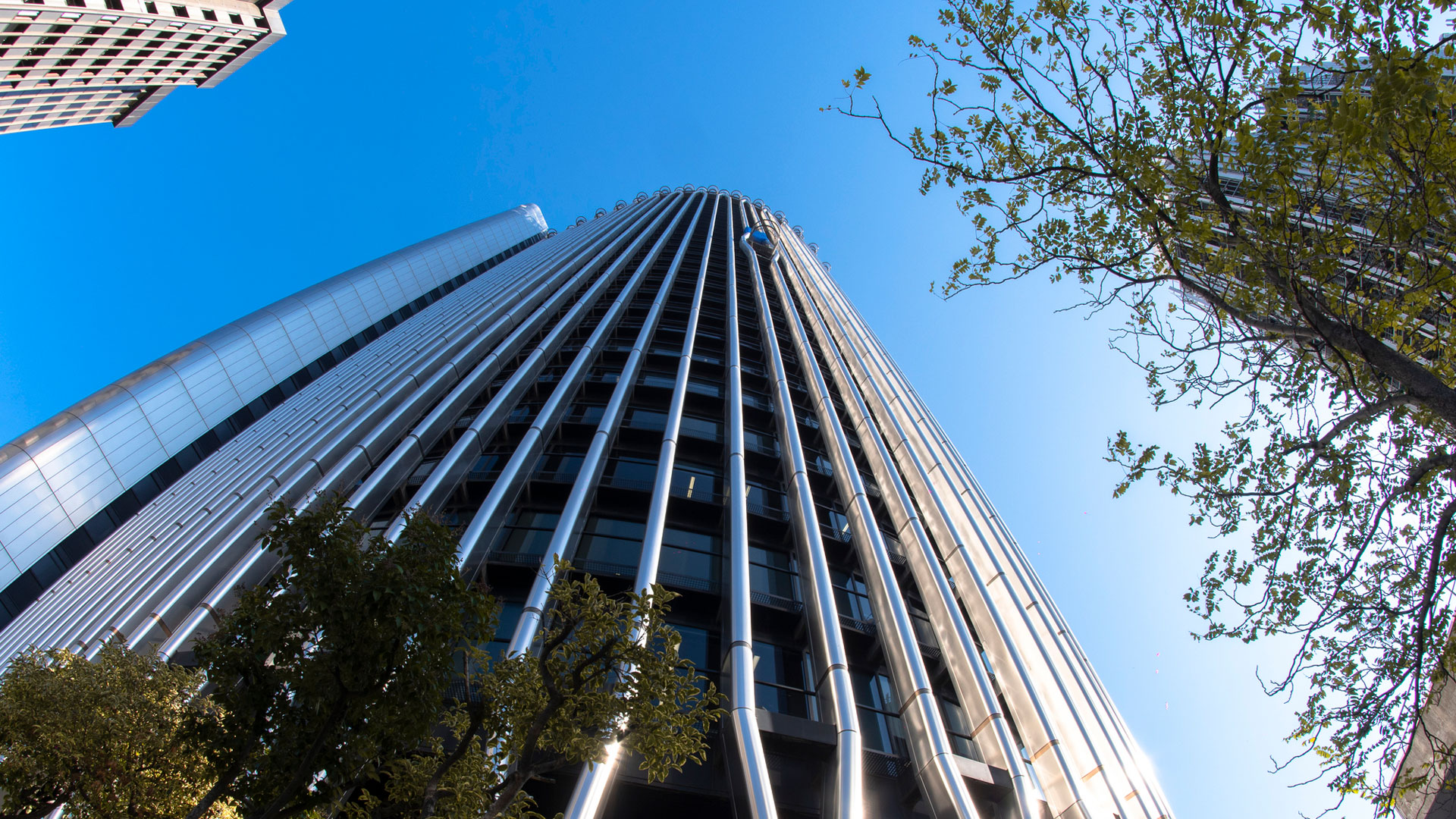01.02.2019 | Comfortable warmth with firewood from Axpo Tegra
Cuddling by the fire
Sitting by the fire and reading a novel can be one of the nicest moments during cold winter evenings. But, how does the firewood get to the fireplace? And how is Axpo involved in the wood’s journey from the forest to living rooms in Switzerland?
During the winter months, a bright fire is no rarity in Swiss households. The recipe: Stack five logs, approx. 33 cm long and 5 cm thick in the fireplace. Once lit, they generate warmth and a cosy atmosphere. However, firewood only burns well if it's dry. Axpo Tegra is specialised in just this process - drying wood.
Beech burns best
The burning intensity of wood depends on its water content. As a rule, the drier the wood, the better it burns. How well wood burns is expressed in calorific value (kWh/g). This value represents the maximum heat volume that can be generated when burning of a certain amount of the material. The lower the water content, the higher the calorific value. The type of wood also makes a difference. Not all trees are suitable for firewood. Conifers (softwood) tend to burn better than hardwood. However, the Swiss beech is at the top of the firewood ranking.
Container or conveyor belt?
The water content in wood can be reduced by leaving the wood out to dry for a longer period of time or by drying it industrially. The latter is the core competence of Axpo Tegra in Domat/Ems. The company uses to two different drying techniques: container drying and belt drying.
Chopped firewood is stacked in a container. To dry it, waste heat from the wood-fired power plant is diverted to the container. With the heat the bulk of moisture in the wood evaporates.
Belt drying is operated using waste heat from the co-generation plant in Domat/Ems.
This process is used to dry wood chips and enables somewhat better control of the water content as opposed to the container drying process. While the wood-chips are transported on a ventilated conveyor belt they are exposed to hot air.
6300 tonnes of firewood per year
Back to the beginning: How does the firewood get from the forest to the living room? Axpo Tegra has been working with the family-owned company Nauli AG for four years. Its subsidiary Grischa Brennholz specialises in firewood production. The beech trees are delivered to the fully-automatic production facility in Bonaduz where they are trimmed, cut into logs, and then transported back to Axpo Tegra in containers. Axpo Tegra dries about 6300 tonnes of beech wood per year. After the drying process, the firewood is transported back to Nauli AG where it is packaged and distributed to various retails chains, regional distributors or private households.
So, in essence the best firewood for your fireplace can be found on the shelves of local retailers. Once lit, it generates about three to four hours of warmth and makes winter evenings on the couch a lot more comfortable.
Axpo Tegra
Axpo Tegra AG operates Switzerland's largest biomass power plant in Domat/Ems. The eco-friendly wood-fired power plant uses wood chips from forest, field and garden waste. In addition to power generation, hot steam occurs as process heat. This is used by Ems-Chemie AG, so that the company was able to reduce its CO2 emissions by 85 per cent. In addition to 25 of its own jobs and about 60 in partner companies in forestry and transport, Axpo Tegra AG generates a yearly value added amounting to CHF 6 million in the Canton of Grison.





